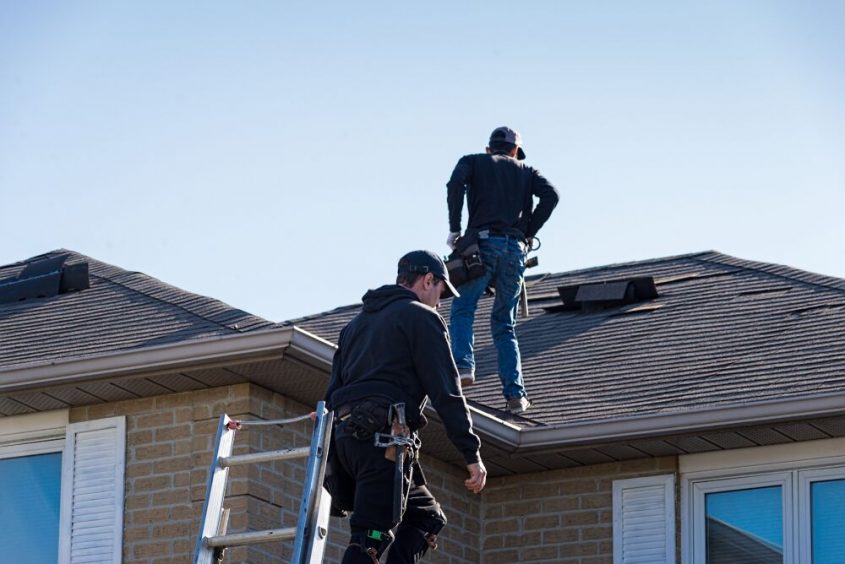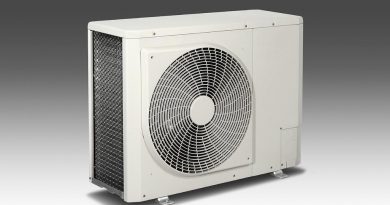Multifamily Cap Rate: A Comprehensive Guide
Multifamily properties are an excellent investment for anyone looking to enter the world of real estate. Not only do they have the potential for high rental income, but they can also appreciate over time. But before you start shopping for multifamily properties, it’s essential to understand how investors value them. A necessary factor in determining the value of a multifamily property is its cap rate.
The cap rate multifamily real estate measures the property’s potential return on investment. It is calculated by dividing the home’s annual net operating income (NOI) by its current market value or sale price. Also, it is a way to measure how much income you can expect to generate from a multifamily property based on its current market value.
This guide will explain everything you need to know, including how they are calculated and what factors impact them. By the end of this helpful guide, you’ll clearly understand how to use them to assess the potential return on investment for any multifamily property.
Why Do Cap Rates Matter?
They are vital because they provide a quick and easy way to compare different multifamily properties’ potential return on investment (ROI). Looking at other properties can give you a good idea of which will likely provide the highest ROI.
Of course, the ROI of any investment property is also determined by factors such as the purchase price, mortgage interest rate, operating expenses, and rental income. But the cap rate is a good starting point for comparing different properties.
What Factors Affect It?
Several factors can affect the cap rate in multifamily property, including:
– The property’s location: Properties in high-growth areas tend to have higher cap rates than those in slower-growing markets. Commercial investors are willing to pay more for properties in areas with strong potential for future growth.
– The age and condition of the property: Old properties tend to have lower cap rates than newer properties because they often require more maintenance and repairs.
– The type of property: Different types of multifamily properties can have different cap rates. For example, apartments tend to have higher cap rates than condos or townhouses.
– The property size: Larger multifamily properties usually have lower cap rates than smaller properties. It is because they often have higher operating expenses and require more management.
– The occupancy rate: Approximately 75-80% is optimal for most multifamily properties. A property with a higher vacancy rate will often have a lower cap rate.
– The current market conditions: In general, cap rates are higher in markets where demand for rental properties is high, and there is little new construction. Investors are willing to pay more for properties in these markets due to the strong potential for rental income growth.
How to Calculate It?
The formula for calculating it is:
Cap Rate = Net Operating Income (NOI) / Current Market Value (CMV)
For example, if you’re considering the purchase of multifamily property for $500,000. There is a $50,000 net operating income on the property every year. It would be calculated as follows:
Cap Rate = $50,000 / $500,000= 0.010 or 0.01 or 0.01%
So, in this example, the cap rate is 0.01%. It means that for every $100 you invest in the property, you can expect to generate $0.01 in annual income.
While the cap rate is a good starting point for assessing a multifamily property’s potential return on investment, it’s important to remember that other factors can impact the ROI. These include the purchase price, mortgage interest rate, operating expenses, and rental income.
So, when you’re looking at different properties, be sure to take all of these factors into consideration before making a decision. With a firm grasp of how to utilize cap rates, you’ll be well on locating the most acceptable multifamily investment property for your requirements. For more assistance, you can also contact a multifamily investment company.




